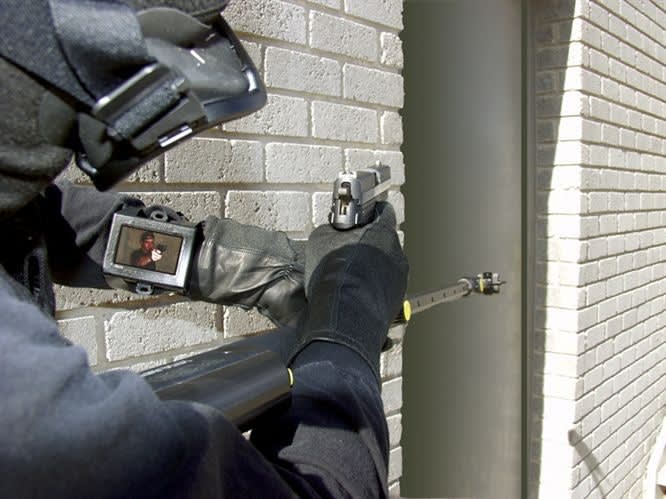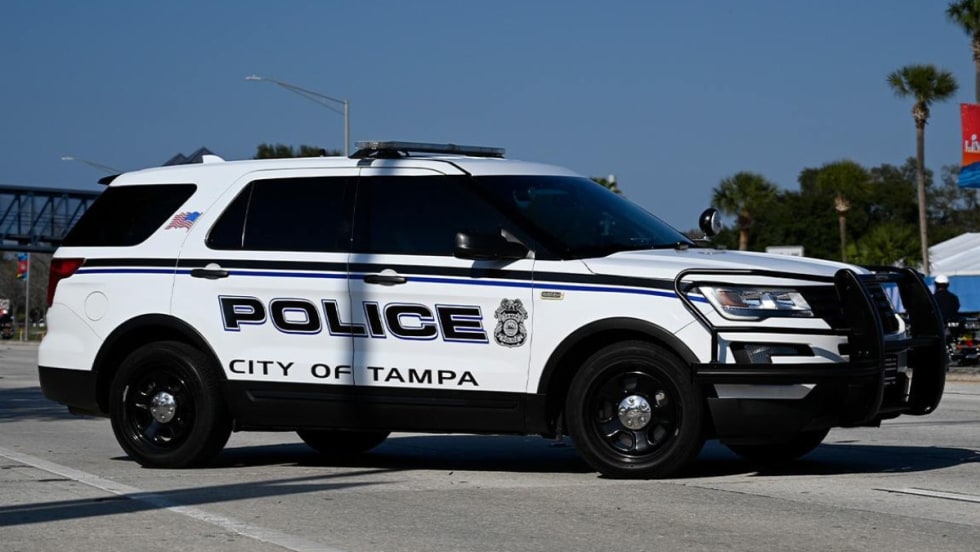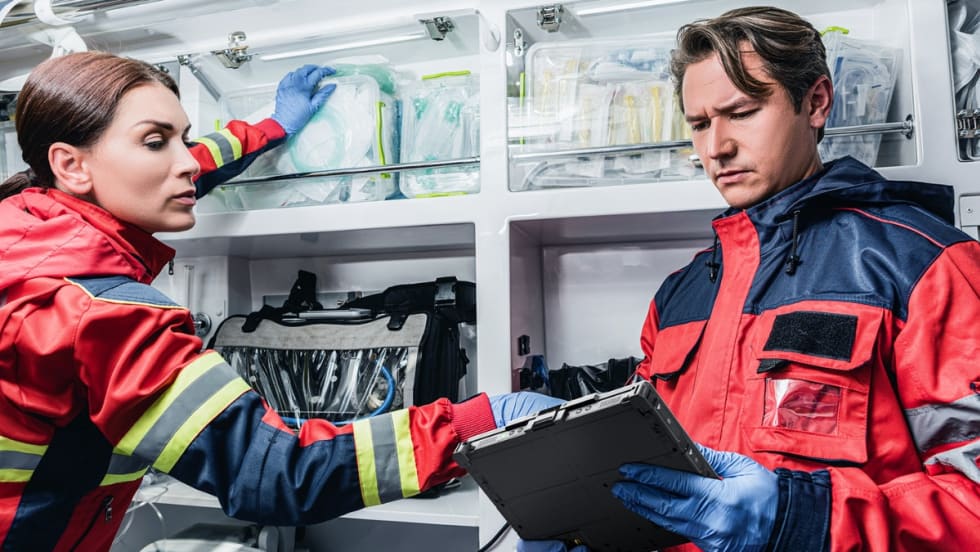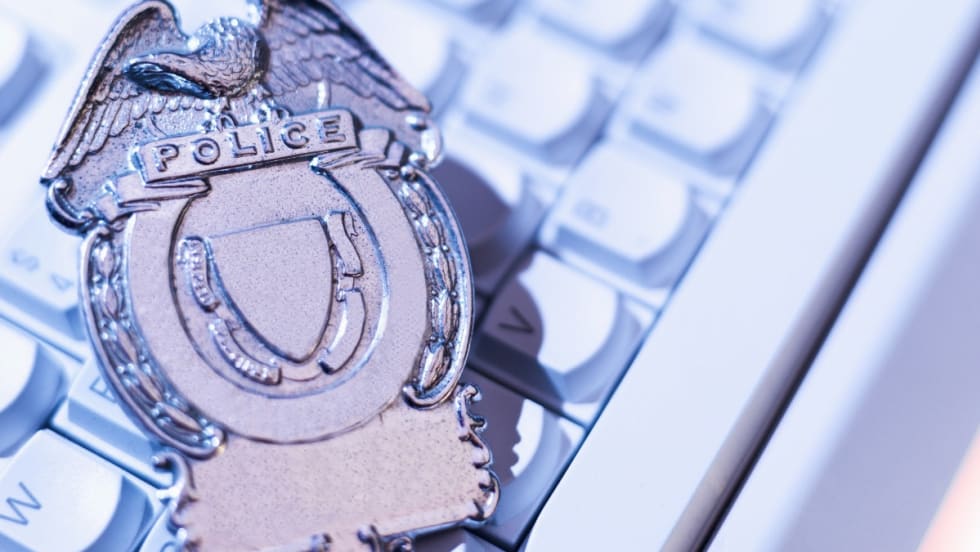One of the problems inherent with radio frequency (RF) transmission is multipath interference. The signals coming from the outgoing antenna will bounce off hard objects such as walls, cars, buildings, or even people. This means that the same signal is coming back to the receiver at different times. The result is a signal as garbled as a conversation in which your sergeant, lieutenant, captain, and spouse are all talking to you at once. DTC has eliminated this problem in the Wireless FLIR ThermoVision Scout through an application of proprietary technology that cleans up the signal.
Instrument Technology Inc.
Instrument Technology Inc. (ITI) specializes in the design, development, and manufacture of high-quality Borescopes, Fiberscopes, and Videoscopes for inspection or observation into hostile environments or inaccessible areas. The company’s equipment is a mainstay for industrial applications, but ITI also offers a comprehensive selection of instruments for law enforcement.
ITI’s video systems are in use in a variety of police operations, including surveillance, contraband search, bomb inspection, and SWAT. The modular design of the system makes it an extremely effective and versatile tool. For example, a tactical team can use the under-door camera head attached to ITI’s telescoping kit to slide a viewer under a closed door to see if a suspect is standing on the other side. The telescoping pole provides the added safety of letting the officers stand back 10 to 12 feet in case the bad guy sees the probe and shoots in its general direction. Once the camera is in position, it can be used to provide the team with real-time intelligence about the location of the bad guys, their weapons, and the presence of hostages or other innocents.
All of this information can be sent by the camera head back to a handheld monitor or to a heads-up display (HUD). The HUD consists of a small 320x240 pixel, 16-bit color display that attaches to the included Wiley X goggles and a power supply. This gives the operator hands-free viewing, so that he can carry a weapon or operate another tool. Additionally, the signal can be broadcast back to the command post, so that the incident commander has a clear picture of the situation.












